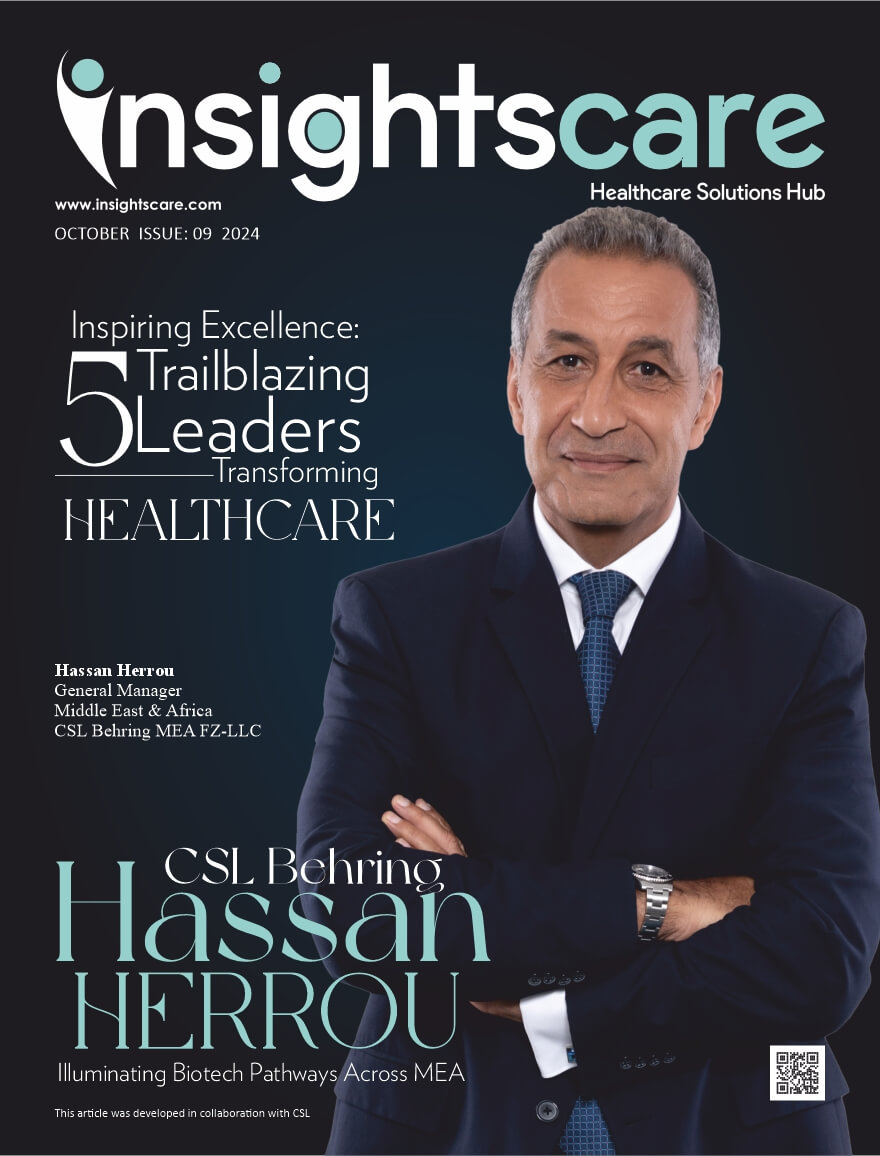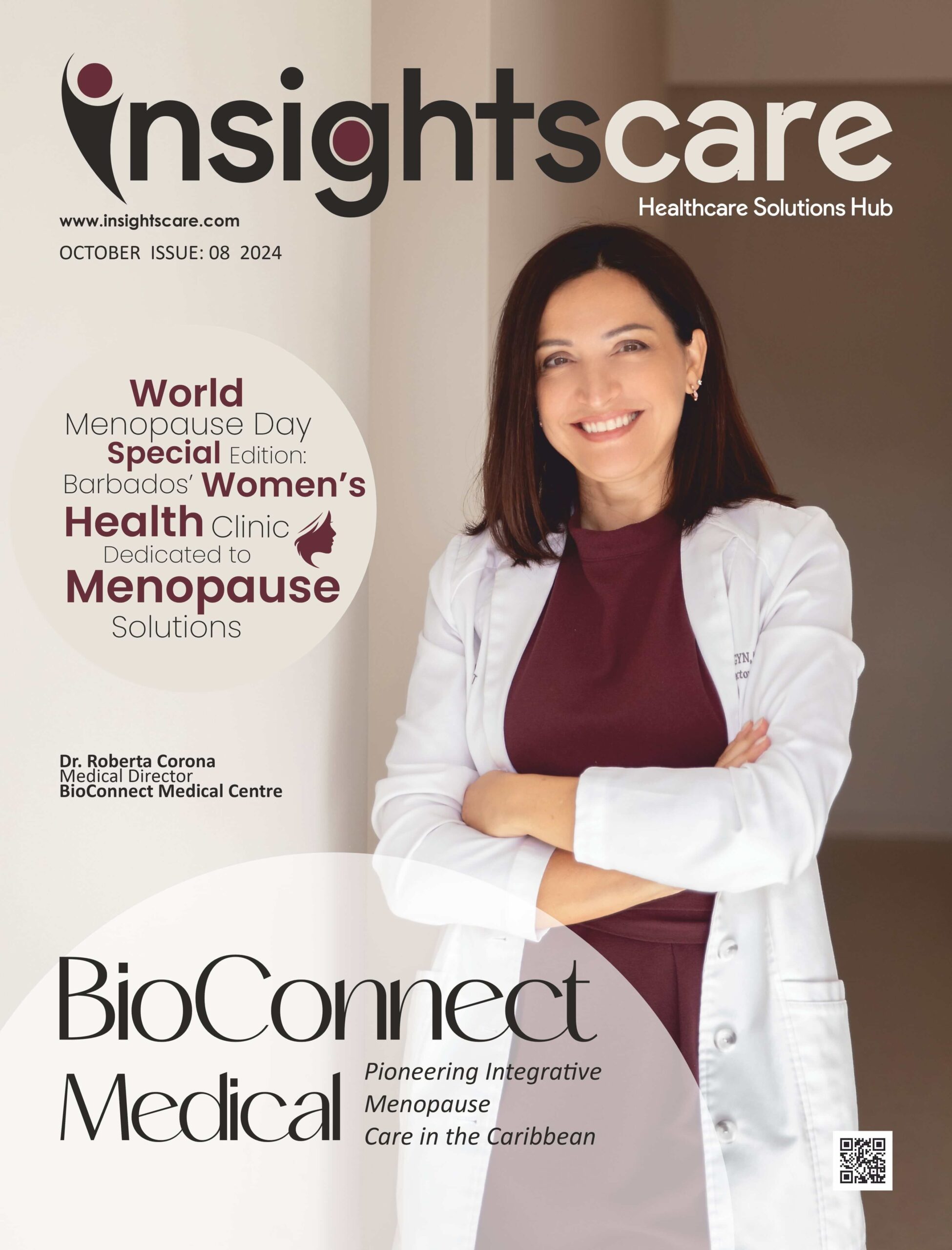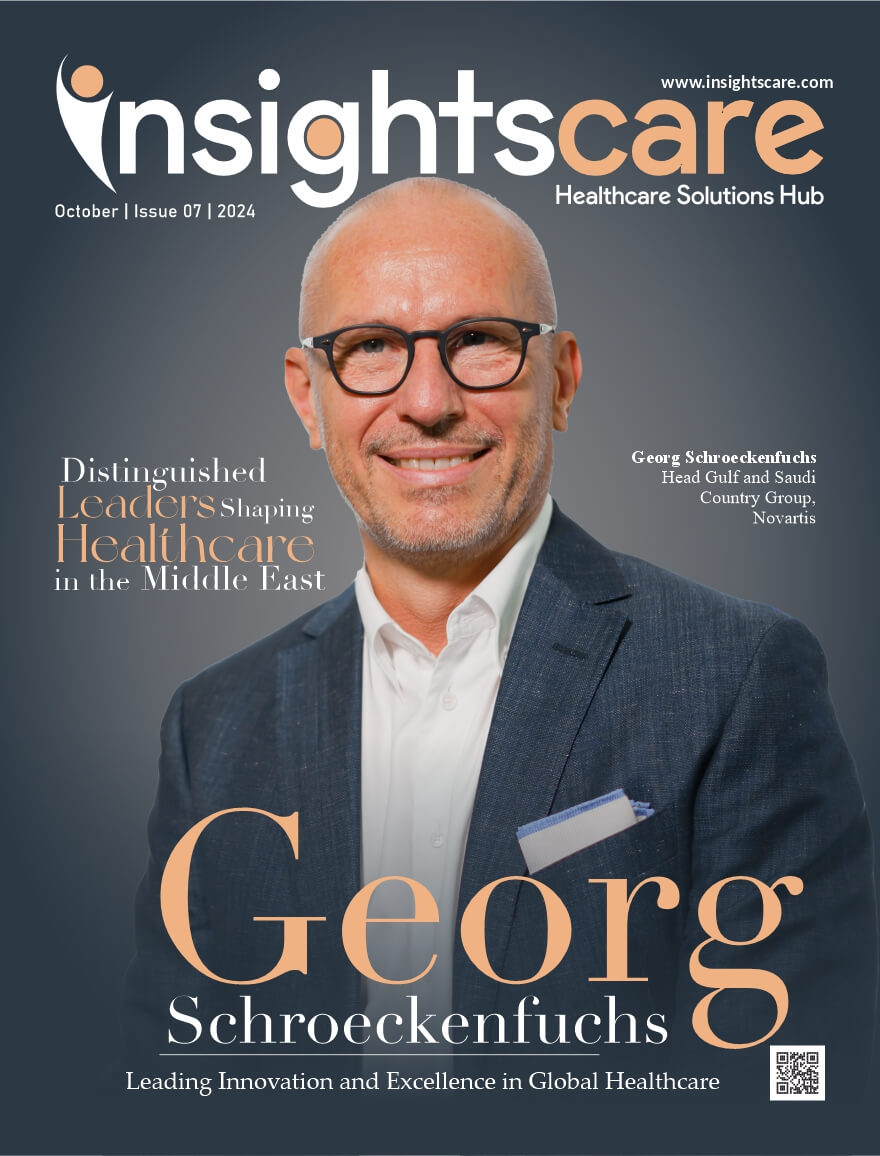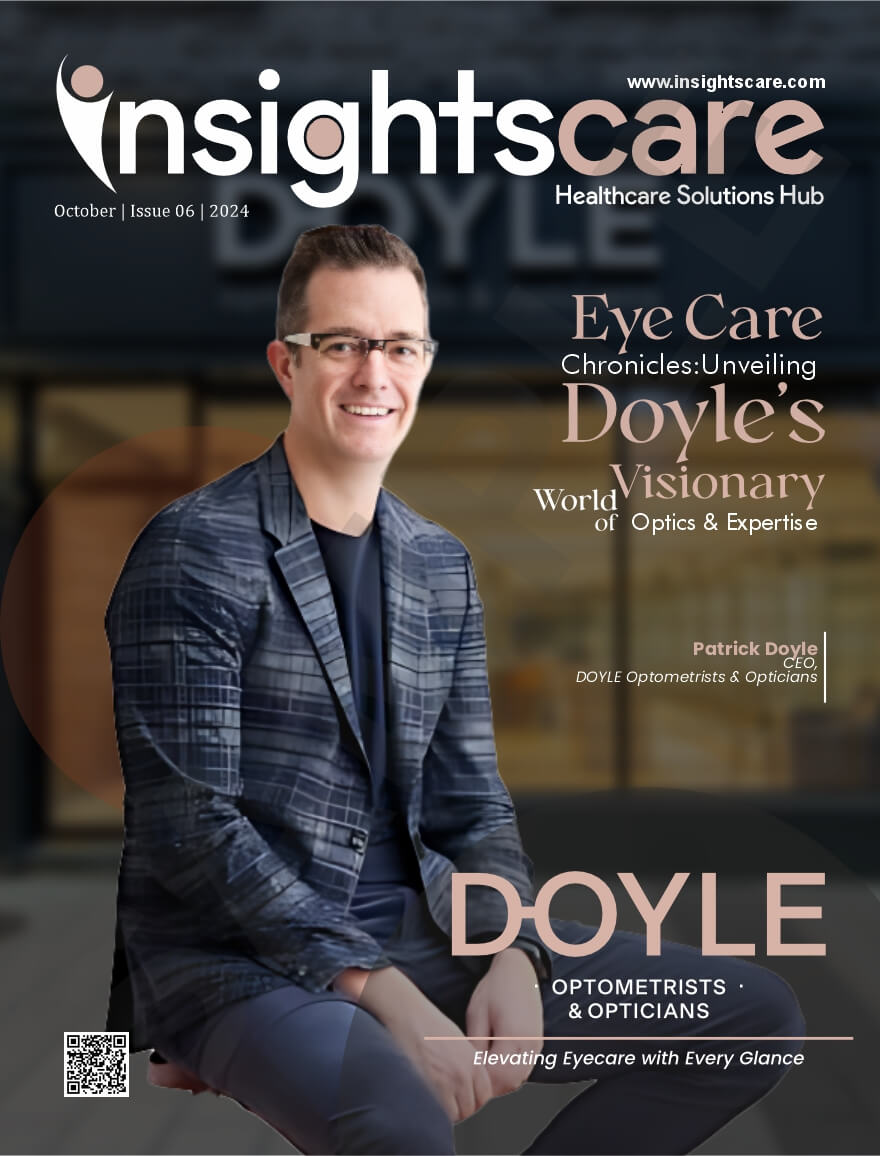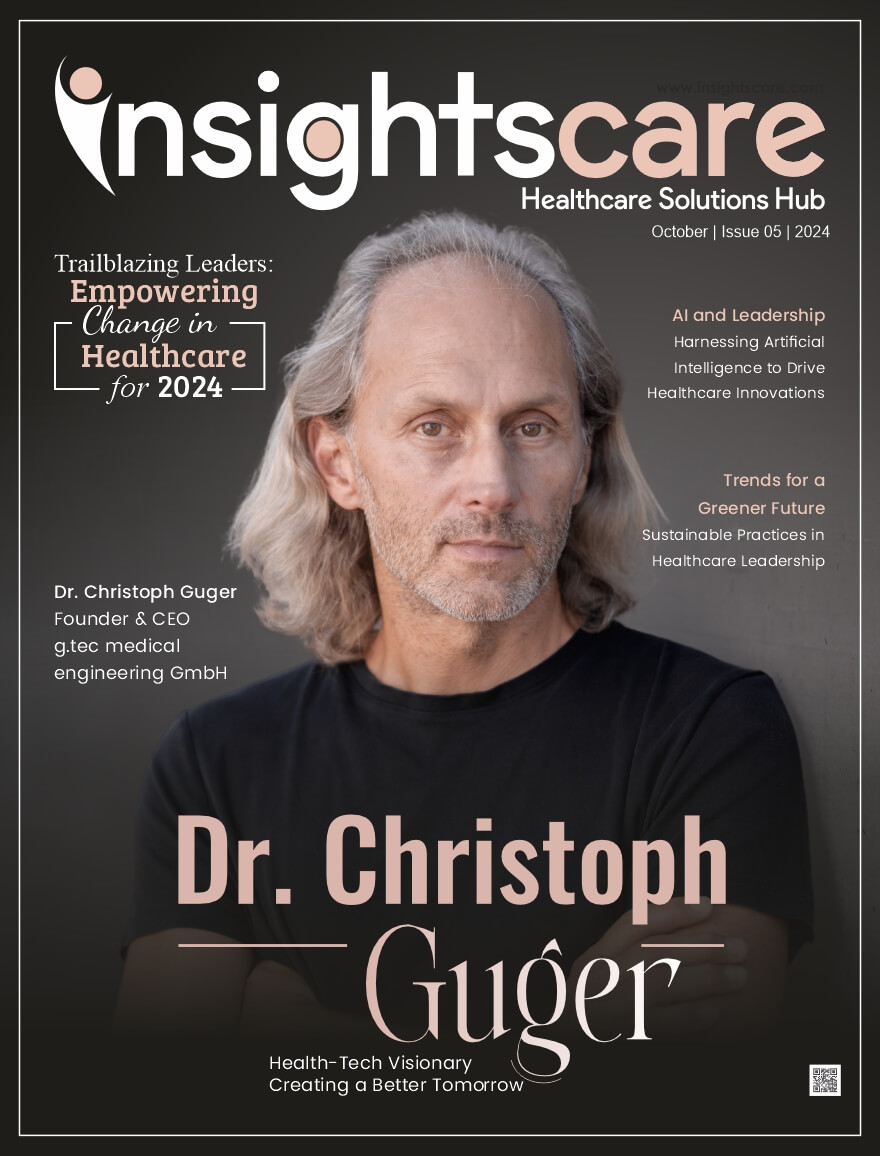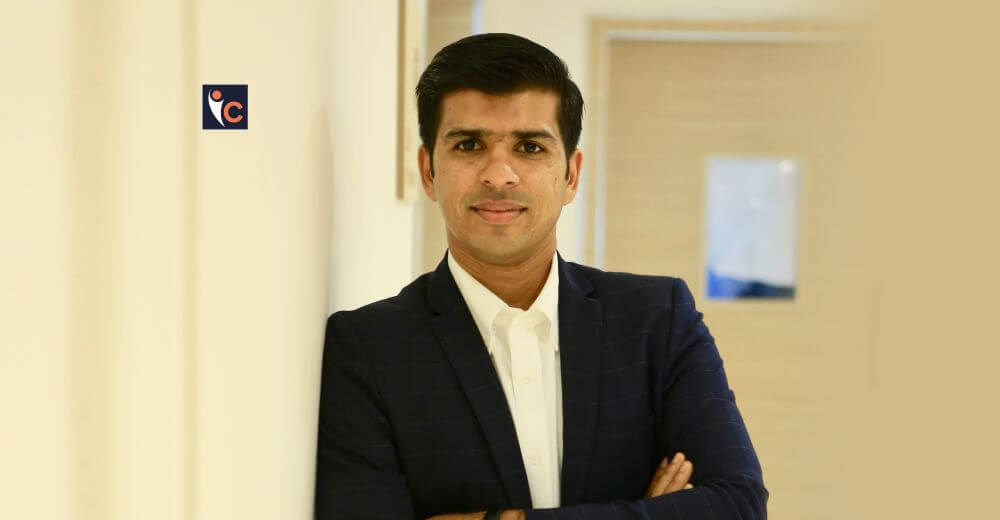The growing use of communication applications has facilitated the adherence not only of technology focused on social interactions. Health professionals are much more familiar with the use of technology in medical practice. Specialized health applications and platforms now take advantage of a global digital model that has come to stay.
For some years, information technology managers were asked about the adherence of health professionals in the implementation of new projects involving technology. Now, through a much more favorable scenario, managers and administrators of clinics and hospitals make much safer and more favorable decisions to such projects.
Terms like “Instagram of Medicine” and “Facebook of Physicians” are increasing and not by chance. Proximity to such applications provides familiarity with an already consolidated interaction and navigation model, preserved in due proportions.
The forecasts for the area of technology for health, reaffirm once again an increasingly favorable scenario for engagement and collaboration, through the management and sharing of medical data and records.
Smartphones and tablets tend to be more and more essential tools in everyday life when it comes to health thanks to applications that provide new ways of accessing information and practicing medicine.
With the consolidation of the use of technology as a tool in daily medical practice, clinics and laboratories specialized in diagnostics have a unique opportunity for relationship and communication with their patients, allied to the best and most favorable moment for the use of technology in the health area.
Patient-centered care
Patients want to be engaged in their health decision-making process, and those who are involved as decision makers in their care tend to be healthier and have better outcomes.
By patient’s journey we understand the whole process that involves from the moment the patient perceives some symptom or something different in his body, until the completion of the care.
Although the patient’s journey corresponds to all the experience he has from beginning to end in his clinic, the post consultation period ends up being an essential pillar in the construction of this experience. This is because it is at this moment that the patient is able to evaluate the way it has been treated, even analyzing the possibility of a return if he or she needs care in the future.
By following the patient’s journey, you need to think of a model that meets your individual needs and expectations. Therefore, it is possible to understand the need for customization, since no patient is the same as the other.
Chronic patients, for example, face somewhat different journeys. By necessity of monitoring, these people need to have a much greater control of their medical information.
Someone who needs to visit their doctor regularly, gets stuck to numerous images and physical reports. When a diagnostic center offers other options, such as outcome portals or applications for storing these exams, it engages its patients.
A person who goes from a reality of having to organize, store and carry to having all the information gathered from a click gains empowerment.
By fostering digital services that take advantage of new, mobile Internet access, providers are beyond engaging their audience, facilitating the Physician-Patient relationship, since such devices have revolutionized the way we communicate.
It is also important to consider the whole group of family and friends around the patient. Often, the caregiver is not active. So there is the concept of engaging people to consider everyone around the patient and take a more active role. It is important to include all these subjects.
By bringing the diagnostic industry closer to the digital trends of the market, mobile devices like smarthphones and tablets appear as the first choice of relationship. In addition, offer even more options to put the patient in control, such as scheduling appointments and exams, sending some documents, and small tasks that facilitates their daily lives, approaches the patient.
Technology plays a key role in strengthening the doctor-patient relationship. Providing channels of communication and more practical ways for the patient to be able to ask questions or, eventually, to ask for help from their specialists also puts the patient in a more active role.
Leave the patient in the position of control of their own health. Giving flexibility, convenience and practicality in the age of the internet and mobile devices is not a differential, it is the minimum that any clinic or hospital can offer its clients.
About Dimas
Dimas Francisco Silva Jr, Medcloud Founder and CEO, a Health entrepreneur who believes in the power of centralized data for decentralized care. In mission to accelerate the transition of imaging centers to the Cloud. Passionate about Patient Experience, A.I and Medical Networks. Medcloud is an All-In-One platform for diagnostics management. EHR RIS. DICOM Viewer. Drive Storage. Portal of Diagnostics. 100% Web. From Diagnostic Imaging Centers to Telemedicine projects. From Dental Companies to Cardiology Centers. A common challenge: managing the information of patients and their exams, in a secure and reliable way. More than just increasing productivity, Medcloud offers timely and uncomplicated solutions for the entire life cycle in healthcare data management.

